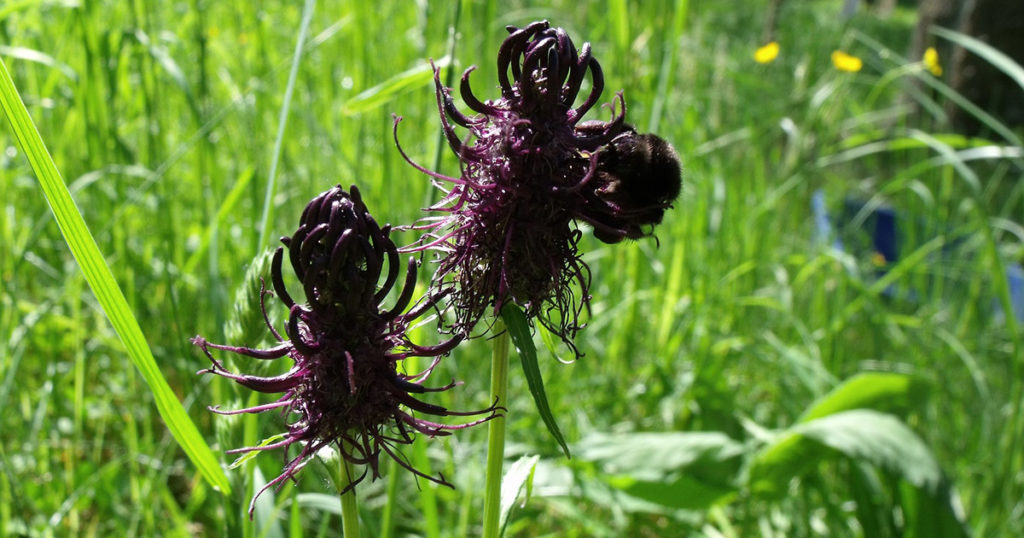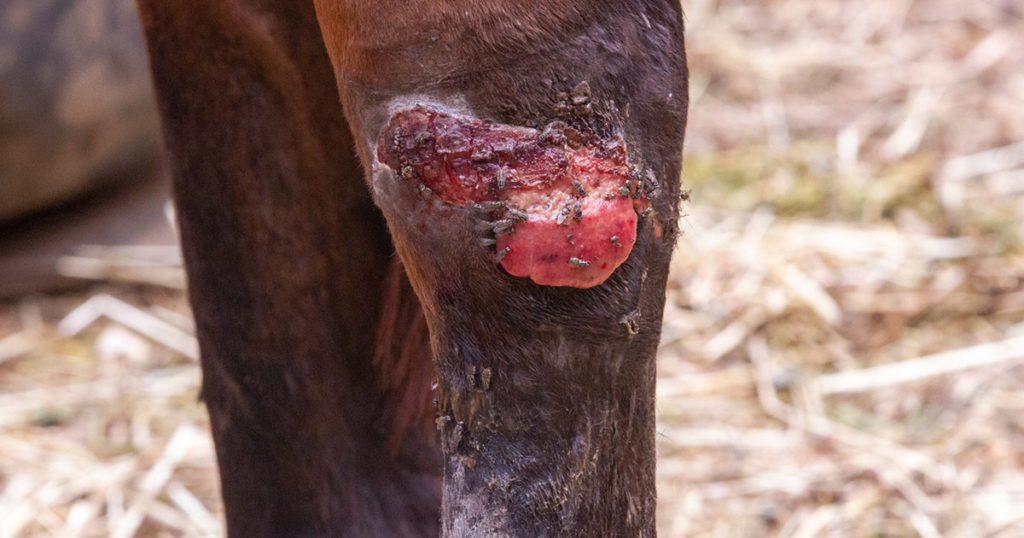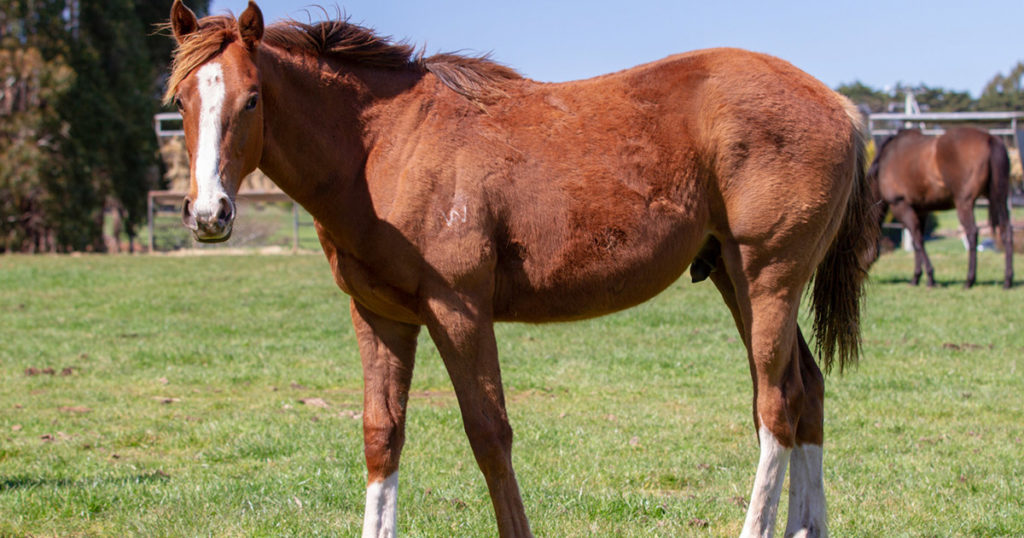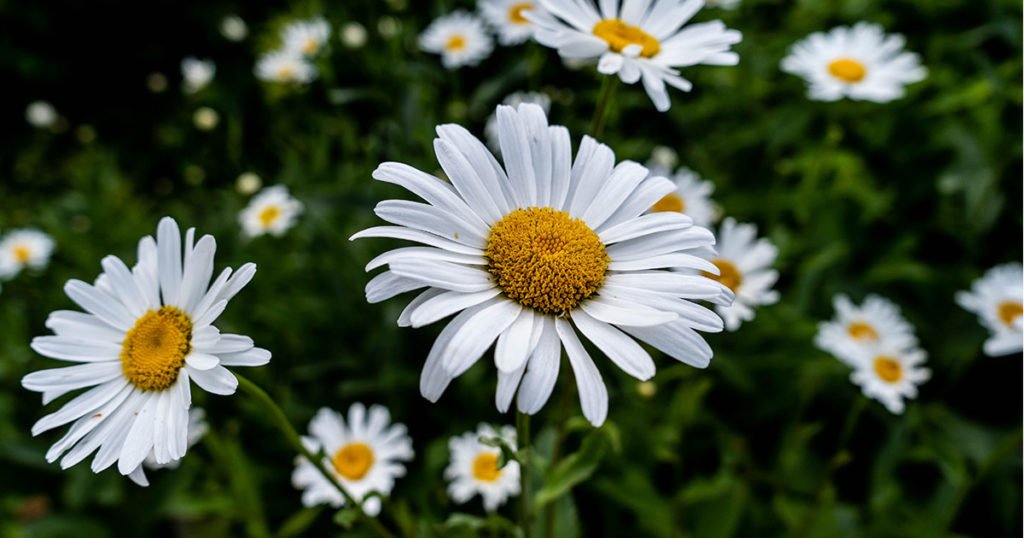Many people are familiar with the terrific anti-inflammatory herb Devil’s Claw. This herb is predominantly used in cases of osteoarthritis and to reduce the inflammation and pain associated with injuries to the musculoskeletal system. Research has demonstrated that root extract of the herb inhibits inflammatory cytokine production through multiple pathways.
One major concern for horse people is the common notion that Devil’s Claw causes gastric ulcers. Whilst research strongly substantiates that the herb doesn’t cause gastric ulceration, its use in cases of pre-existing ulcers is cautioned. This is largely attributed to the herb’s additional therapeutic action as a ‘bitters’ herb, resulting in increased gastric acid production. Remember that many horses who are in states of pain and inflammation (and have been for quite some time) are likely to be at a very high risk of ulcers: due to the stress and cortisol production associated with the pain; initial high levels of and/or sustained production of inflammatory cytokines; the use of conventional NSAIDs (including bute); and often restricted access to grazing, especially if they are on stable rest.
Devil’s Claw should only ever be used under the strict guidance of a suitably qualified and experienced practitioner. Such a professional will know when and how to safely implement use of the herb, ensuring it does not adversely effect GIT health. They will also take into account that the herb has restricted use in competition and racehorses. Also of great importance, they will use a Devil’s Claw product which has guaranteed levels of the active constituent harpargoside (so it can exert a therapeutic effect); understand the potential interactions the herb may have with any conventional pharmaceutical medications the horse is on; and will ensure that the Devil’s Claw they prescribe is actually pure Devil’s Claw and hasn’t been adulterated with the commonly substituted H. zeyheri.
Don’t take chances with your horse’s health and performance. OPTIMise them

Camilla Whishaw is a highly regarded, experienced horsewoman and naturopath, helping to holistically treat and manage a broad range of equine health conditions and injuries, with a passion for mare and stallion fertility.
As a world-renowned practitioner, presenter, author, and consultant in the field of Equine Naturopathy, Camilla shares her knowledge through keynote presentations, interviews, lectures, panel sessions, and workshop training.





